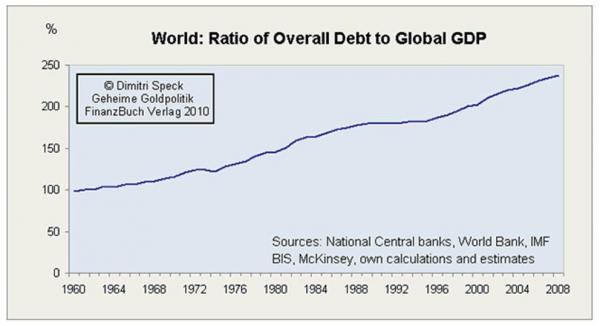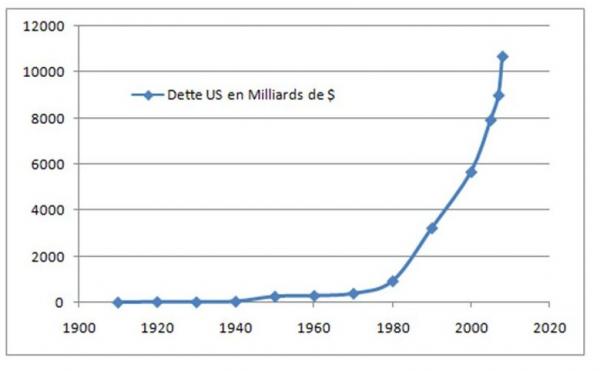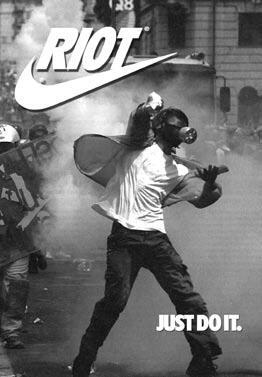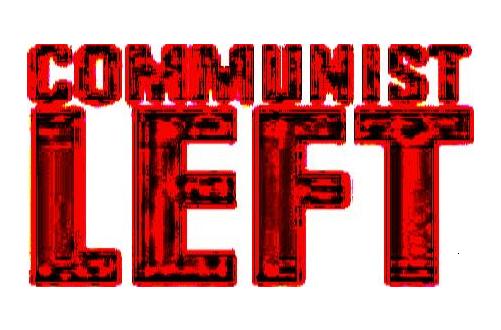A Call to an Open Meeting: Sunday, January 8, 2012 6:00 PM – 8:00 PM
The Commons
388 Atlantic Avenue in Brooklyn (three blocks from the Atlantic Avenue Subway Stop)
We write on the day before Occupy protesters will be acting up and down the Pacific Coast to blockade the ports. We pledge our solidarity with them and look forward to hearing of their success. The strategy of a port shutdown hints at the recognition that the future of the Occupy movement requires the development of a clear and powerful anti-capitalist current. We believe that the time has come to place the development of an organizational expression of such a current on the agenda of New York activists. We therefore are inviting all those interested to an initial meeting on January 8th at the location above. There will be several brief presentations but plenty of time for discussion. What follows is a preliminary exploration of a number of the issues that we see as pressing. We look forward to hearing your reactions and your ideas.
The 1% of the 99%
In the current economic and social crisis, the ability for workers to effectively make gains through the structures of our unions is almost non-existent. In fact, for the past two months of the occupation movement here in the United States, union leaders have either scrambled to play catch-up with the social needs of the working class, undermined the movement’s grassroots efforts at contesting these attacks by moving to the right of them, or acted its own policing force against not only its official members, but political activity in general.
But if we look historically, these union strategies are consistent with their historical role within capitalist society as the mediation between management and workers. The primary activity of the trade union—through the means of a group of people in leadership positions, or the bureaucracy– is to negotiate a contract for the benefits, wages, and (sometimes) specific working conditions of labor in their exploitative relation with their employers. In order to accomplish this, they operate as an organization over and above rank and file workers in order to maintain an exclusive and specialized relationship with management, thereby perpetuating a relationship of dominance over their members despite occasionally, and partially, allowing them to express their dissent. In fact, this dissent can help negotiations as well: “If you don’t promise X, Y, or Z, we cannot be held responsible for what these crazy workers might do! However, if you do promise [which doesn’t mean carry out] we can most likely keep them working productively for you.” Additionally, and within the context of the current crisis, trade unions are able to achieve less and less, and as a result, the rank and file are left without any means to struggle through the union. And because the results of negotiations which, for example, bargained away the “right” to strike, are carried forward into a time when it is structurally impossible for capitalism to make concessions, struggles beyond bureaucracy are more and more of a necessity. To hope that the union bureaucracy will respond to the needs of the working class is to circumscribe hope as the leash of submission.
This position does not come from the individual politics of trade union bureaucrats themselves, from their personalities, or even from a particular caucus that has leadership. It is instead the historical role of unions as the mediators between labor, that is, the workers who produce the profit, goods, education, etc. for society as a whole, and capital. The union bureaucracy cannot imagine a world without capitalism, because their existence is predicated upon negotiations within its mechanisms and enforcements.
If we look at the activities of the unions in New York over the last month alone, for example, we can see this clearly. For many of those involved in the occupation movement, who have remarked that Occupy Wall Street itself has shifted the unions towards a more left position, there is a surprise when the first signs militancy within the protests brings with it derailment as the union leaders transform the anger of the working class into platforms for the Democratic Party. Let us take a closer look at some recent events.
November 17th: Upwards of 50,000 people protested in the streets of New York. There were marches and mobilizations all over the city, at least one of which avoided police intervention all the way from Union Square to Foley Square, as well as an occupation of a university space to provide free anti-capitalist education for both students and non-students alike. Later in the evening, at least 32,000 people attempted to take the Brooklyn Bridge in an effort at direct action. People were bewildered and dismayed when they tried to go onto the street itself to block traffic, they instead witnessed a number of trade union leaders funneling people onto the walkways.
When the march got to Brooklyn, it was again confounded when a series of political leaders andbureaucrats were arrested peacefully in a clearly pre-negotiated “planned civil disobedience”, which was much more of a performance than anything that stopped the movement of capital.
November 21st and 28th: Several hundred protested at a CUNY Board of Trustees public hearing at Baruch College. The college has high levels of security and turnstiles. When students attempted to hold a forum in the lobby, which is open to the public, a combination of police and campus security officers beat and arrested several students. The following week, another protest was held. This time, a coalition of the PSC (an AFT local that represents faculty and staff at CUNY), city council-members including Charles Barron, and other union and non-profit groups held a barricaded protest and with the assistance of members of various “left” political parties, as well as progressive students, directed protestors into the barricades. Protesters were visibly dispirited to move from a boisterous protest in the streets of midtown Manhattan, into a police corral and subjected to speeches on the importance of voting. A week later, the PSC held a teach-in where they valorized the arrests of the 21st; this was exploitative and hypocritical.
MTA Contract Negotiations: Regarding the ongoing contract negotiations of the Transport Workers Union (TWU), due to expire early next year, the Local 100 leadership has demonstrated explicitly that it has no plans for combating the MTA’s proposed cutbacks in jobs, wages, benefits, services, as well as a 3-year wage freeze for transit workers. It is assumed that any grassroots efforts at striking will be met with the same union response in 2005: openly bringing in scabs as well arguing in court for the illegality of any walk-out.
Those are just a few examples of the practical activity of trade unions, and their structural inability to do what’s necessary: to actually confront and overthrow capitalism itself.
What we need right now is for autonomous political organizing in both unionized and non-unionized workplaces, schools, and in the streets. These are the efforts that made the November 2nd Port Shutdown on the west coast possible. It was not the arbitration of the bureaucracy through its attempts at domesticating class struggle, but instead the participation of multiple fractions of the proletariat, both unionized, non-unionized, and the unemployed, which took the initiative to construct the blockades. On December 12th, again there are plans to shut down shipping ports all along the west coast, including that of Los Angeles, San Diego, Portland, Tacoma, Seattle, Vancouver and Anchorage, without official union authorization. As is to be expected, the ILWU leadership stands opposed to such an action that practically calls into question the circulation of capital and commodities. Despite this however, both longshoremen and other unionized, non-unionized, and unemployed workers will participate on December 12th, and in doing so, will demonstrate the increasing antiquated forms of the hierarchical union bureaucracies for expressing the needs and desires of the proletariat itself.
These events have certainly shown that union bureaucrats are not ignoring struggles beyond their shops. However, their responses to the crisis remain profoundly uncritical in confronting the severity of developing conditions. There can be no illusions that in the external management of the class as a whole, this representation (that is, the unions) radically opposes itself to the working class itself. A bureaucracy which directs the workers and pacifies an inherently antagonistic relationship between capital and labor cannot help but be the enforcers of class domination. However, when we discover the unions collaborate in the constant reinforcement of class domination, not only in the form of its labor as commodity to be bought and sold, but also in the form of unions and parties, we also discover that we are as opposed to the parties and union bureaucrats as the bosses themselves. We contain a revolution that will not leave anything outside ourselves!
Issued by: a group of anti-capitalist activists on December 12, 2011
For more information on some of those involved, write to:












최근 댓글 목록